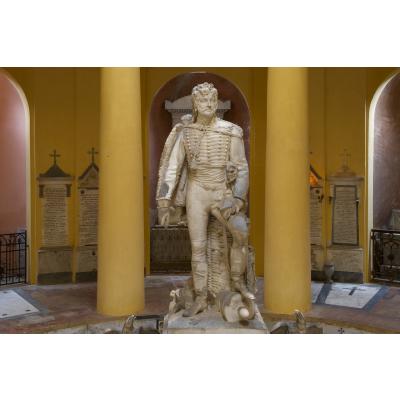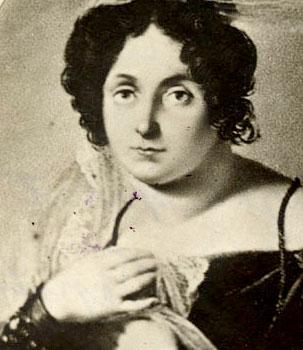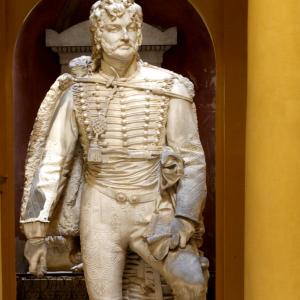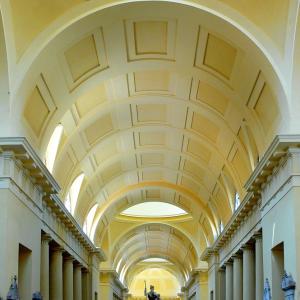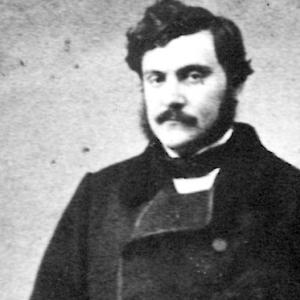Scheda
Following the battle of the Reign of Naples and after the death of Murat, on 13 October 1815, the former queen Carolina and her four children wandered around different cities of Europe: Trieste, Graz, the outskirts of Vienna, and Tuscany where they lived with her sister, Eliza Baciocchi, and then, finally, again to Trieste where they certainly moved to in 1823 and where they stayed until 1832, when they moved to Florence. Of the four royal children, the two males, Achille and Luciano, convinced supporters of the ideas of freedom, as many did in that time, decided to find their fortune in America, while the two sisters Letizia and Luisa remained in Italy.
Letizia and Luisa had received a refined education, suitable for two young women in Europe’s highest society of the time, which included music, singing, foreign languages (French, English, German). In the court of Naples, when they were only children, they experienced the social salon life where they learned the secrets and the necessary arts. After their respective marriages, both followed this model: Letizia was married in Bologna on the 27th of October 1823 to Guido Taddeo Pepoli (1789-1852), and as a matter of fact, they started a salon that would always, as long as she lived, be the most refined and popular salon of the time and Luisa did the same in Ravenna after her marriage to the Count Giulio Rasponi. In her new city, Letizia Pepoli was named “the Queen of Bologna”. She had four children (Paolina, Carolina, Elisabetta, and Gioacchino Napoleone), but she never gave up travelling and entertaining the women and men of the high society of the time. Her salon, beyond its dedication to culture, the arts and conversation, became a centre for political affairs, and such it remained even when Letizia was joined by her daughter Carolina: both were “free” women, they were travellers, they entertained letters with half of Europe, they also reading foreign newspapers, and held conversations with all types of people. When they were abroad they visited women’s salons (for example Carolina went to Parigi and visited the salon of Empress Eugenia, after all, her cousin!) Madame Juliette Récamier after thatw as to meet them in Rome and stated “We remain charmed to the Marquis Pepoli; who I have found beautiful, spirited and perfectly natural.”
In 1864 Letizia’s tomb was crowned from the grande statue by the sculptor Vincenzo Vela, who painted her father in his elegant political uniform, surrounded by symbols of war that made him famous: the Imperial French eagle, the canon under his left foot, a field marshal’s staff in his hand. Letizia Murat Pepoli is modestly portrayed in a medallion at the base of the statue: the leading role is left to the father who, shot in Pizzo Calabro, never had a formal burial.
Translation from italian language by Holly Bean.


